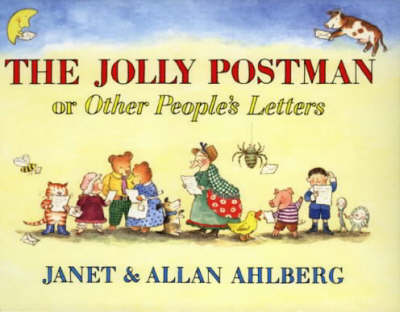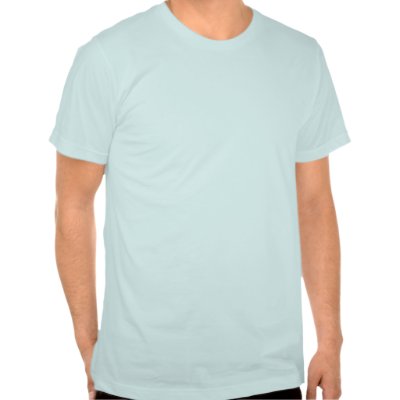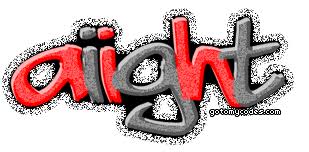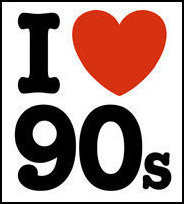 We may not all be slaves to fashion, but at one point or another most of us are guilty of following the crowd. Whether we're trend dabblers or wanted in six states for crimes of fashion, many of us gave in to the glittering allure of certain fads for no reason other than that everyone else was doing it. These fashion statements did not generally jive with any normal rhyme or reason of functionality; everyone else was simply jumping off that bridge and we decided we might as well take the plunge ourselves.
We may not all be slaves to fashion, but at one point or another most of us are guilty of following the crowd. Whether we're trend dabblers or wanted in six states for crimes of fashion, many of us gave in to the glittering allure of certain fads for no reason other than that everyone else was doing it. These fashion statements did not generally jive with any normal rhyme or reason of functionality; everyone else was simply jumping off that bridge and we decided we might as well take the plunge ourselves.Everything is clearer in retrospect, so it's tough to admonish our former selves for not having the good sense to realize these trends were bad ideas at best. Fashion and trends are not about utility and function, of course, but these items are fairly high on the list of unjustifiable offenders. There remains no real solid explanation for their existence other than that magazines and stores told us they were worth sacrificing scarce allowance money. If we can't defend their usefulness, we may retrospectively embrace their complete lack of function.
There are many, many totally non-functional 90s fashion items to choose from, but here's a selection of some of the least defensible. If you wish to plead your case condoning their existence, feel free to use the comments section as an issues platform:
Tearaway Pants

Okay, fine, I admit these aren't completely without their merits. To professional athletes I imagine there was some millisecond saved when coming in from off the bench. For everyone else out there, these were generally inexcusable. These pants were held together not by stitching and solid fabric, but rather by well-ventilated snap buttons running down the outside of either leg. While it is something of an innovation to be able to remove your athletic pants in one single well-coordinated motion, it is not a necessary function by any means.
Shirt Ties/Clips
 This may not be the authentic product, but it's the best Google Images has to offer. Plus, doesn't it make you want to get some for your next 80s/90s Halloween costume? Those things are sparkly to the max...and apparently "80s to the max" too
This may not be the authentic product, but it's the best Google Images has to offer. Plus, doesn't it make you want to get some for your next 80s/90s Halloween costume? Those things are sparkly to the max...and apparently "80s to the max" tooThere are truly no excuses for these; they serve no purpose whatsoever, nor is the look particularly flattering. For some reason, though, it was all the rage in the late 80s and early 90s for young girls to clip or tie their oversized t-shirts on one side. I'm only telling you this because I've finally come to terms with the ridiculousness of it all, but at one birthday slumber party I had kits for each girl to paint and decorate her very own shirt clip. Humiliating, I know, but I'm willing to take one for the team in the name of exposing key shirt clip evidence circa 1994.
Skorts

If you're playing tennis, I'll grant you this one, but if you're just looking for the comfort of shorts with the dressiness of a skirt you have no excuses for humoring that whim by wearing this garment. From the front, a skirt. From the back, shorts. If you're not in an athletic situation, it's not a particularly flattering look to sport (some pun intended) a hybrid skort-shorts. In typical 90s clever coinage, we called them "skorts" but we may well have labeled them "fashion mistakes." Off the courts, there are no situations where it's necessary to be wearing one outfit from the front and another from the back, period. The built-in shorts with a full-around skirt cover is a little better, but it's all relative in non-functional skort territory.
Giant Platform Shoes
 I blame the Spice Girls for making these seem so darn appealing. In reality, they were impractical, cartoonish, and a bit dangerous. We started off in familiar territory with sandals and dress shoes, but things quickly escalated to a red-alert level when shoe companies started throwing these platform soles on sneakers. For that, there is truly no defense.
I blame the Spice Girls for making these seem so darn appealing. In reality, they were impractical, cartoonish, and a bit dangerous. We started off in familiar territory with sandals and dress shoes, but things quickly escalated to a red-alert level when shoe companies started throwing these platform soles on sneakers. For that, there is truly no defense.Fleece Vests

Don't you ever get really cold in the general torso area, but your arms remain comfortably warm? Well, have I got the product for you! Complete with its own insanely irritating Old Navy television commercial theme song, polar fleece exploded onto the scene in the late 90s in a major way. These vests were particularly popular, proving that many of us are willing to sacrifice arm comfort in the name of fashion. Stores marketed these as utilitarian and outdoorsy, but unless you're participating in a cold weather activity that requires exceptional arm freedom, these things are not exactly the most useful of warming winter garments.
Mini Backpacks

What, you've never had the urge to carry around a receptacle that holds approximately three nickels, a stick of gum, and a handful of M&Ms? That's a totally legitimate haul warranting a bag of its own. We all know how tough it is to hold an incredibly small quantity of items in our hands, so when these mini-backpacks cropped up in stores we were all too eager to hop on the scaled-down container bandwagon. They were sort of cute, yes, but usefulness was not high on their list of positive qualities.
Scrunched/Slouchy Socks

It's not so much that the socks themselves serve no purpose, but rather that the style in which we preferred to wear them was moderately mind-baffling. The scrunching served no real need outside of an alleged aesthetic purpose. It was simply the preferred style of sock self-expression. Why buy short ankle socks when you can just buy enormous tube socks and scrunch them into a fold-ridden mass? It's an airtight defense for slouchiness.
Overalls
 Coveralls may be functional in a manual labor slash farm hand type situation, but they serve no real protective purpose in everyday suburban civilian life. If you have no use for that hammer hook on the back, you probably could have just made do with a regular shirt-and-slacks combo. Just saying.
Coveralls may be functional in a manual labor slash farm hand type situation, but they serve no real protective purpose in everyday suburban civilian life. If you have no use for that hammer hook on the back, you probably could have just made do with a regular shirt-and-slacks combo. Just saying.We may claim the primary purpose of clothing is purely functional: to cover our nakedness and protect us from the elements. Somewhere along the way, though, we've evolved a sense of crowd mentality that works against our primal instinct to wear things that serve some purpose. We may not be able to defend our past fashion choices, but at the very least we can laugh at them. A lot. Really. These are just terrible. Commence mocking.















































